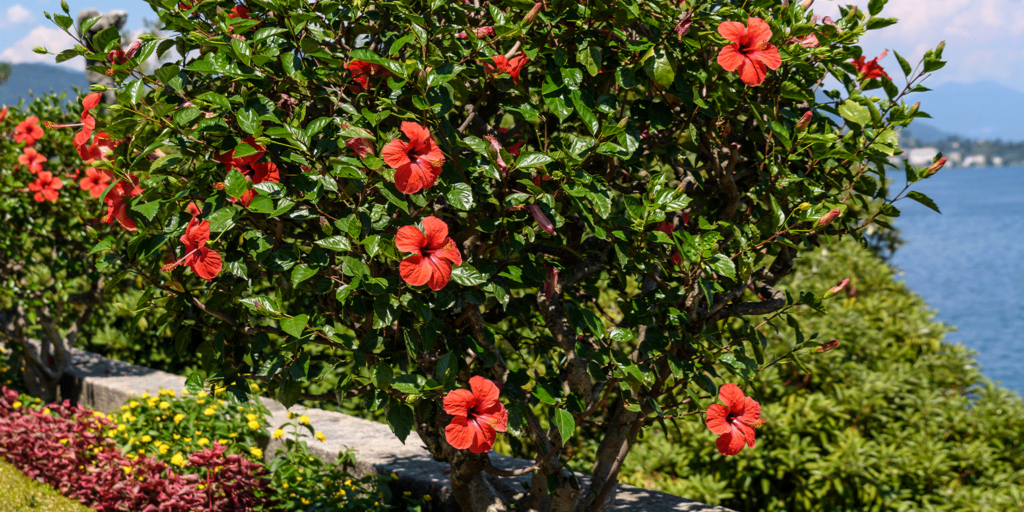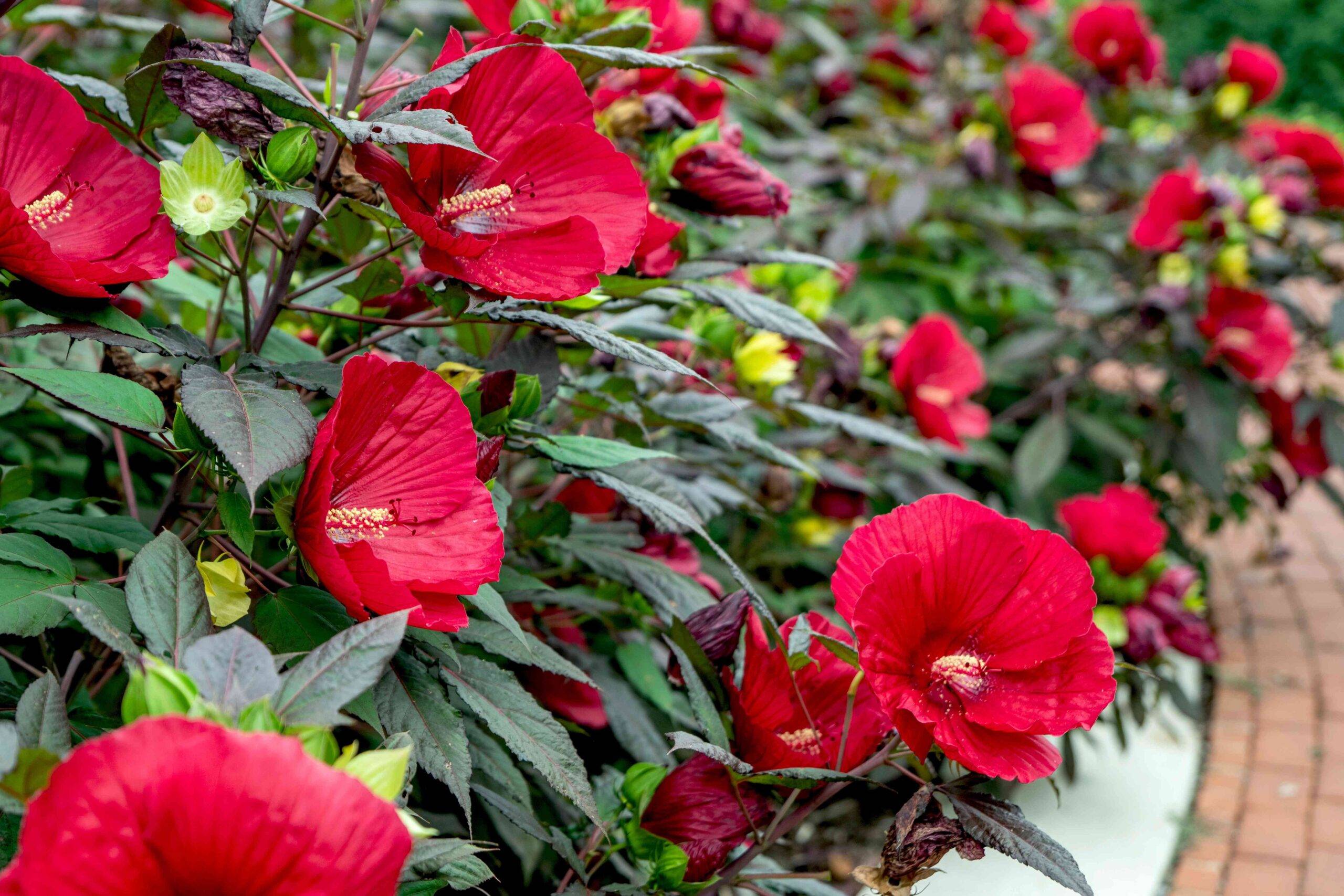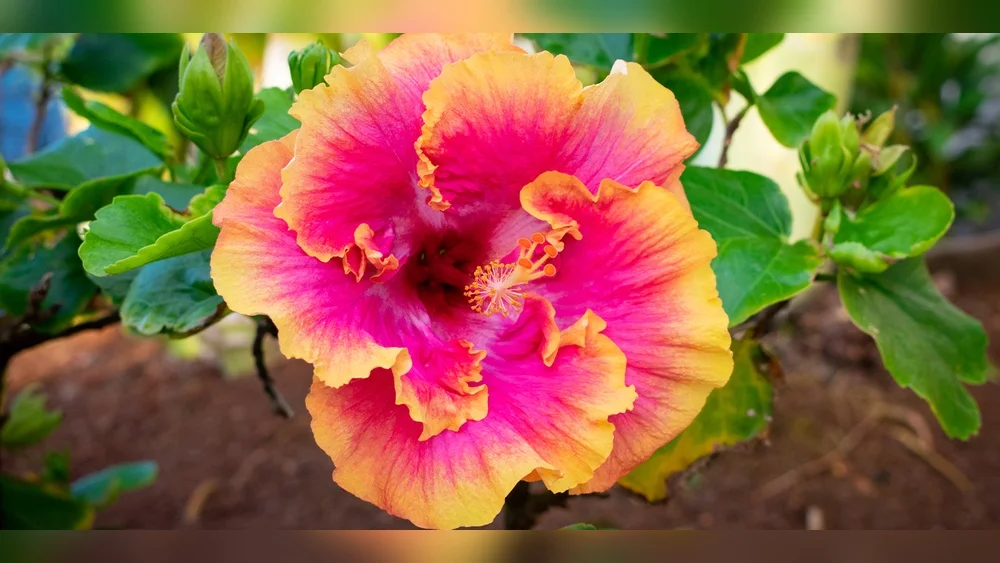If you’re dreaming of vibrant, tropical blooms brightening your Florida garden, hibiscus is an excellent choice. But to get the best results, you need to plant at just the right time.
Planting too early or too late can stunt growth or leave your plants vulnerable to cold snaps. So, when exactly is the best time to plant hibiscus in Florida? You’ll discover the ideal planting seasons, how to care for different hibiscus varieties, and simple tips to help your plants thrive all year round.
Keep reading to make sure your hibiscus garden flourishes with stunning flowers season after season!
Optimal Planting Seasons
Choosing the right season to plant hibiscus in Florida helps ensure healthy growth and vibrant blooms. The state’s warm climate supports planting in multiple seasons. Yet, some months offer better conditions for root development and frost protection. Understanding these optimal planting seasons lets you plan for success.
Spring Planting Benefits
Spring is a popular time for planting hibiscus. The soil warms up, encouraging root growth. Plants get several months of warm weather to establish strong roots. Spring planting helps hibiscus recover from transplant shock quickly. New leaves and flowers appear faster as the days grow longer.
In Florida, spring planting avoids the risk of frost. It also provides ample sunshine, which hibiscus needs to thrive. Watering is easier in spring, thanks to moderate temperatures and occasional rain.
Fall Planting For Hardy Varieties
Fall suits hardy hibiscus types well. Planting in early fall lets roots grow before winter arrives. The cooler air reduces stress on young plants. Fall rains help keep the soil moist for root establishment. By spring, the plant is stronger and ready to bloom.
Avoid planting tropical hibiscus in fall. They need warmer temperatures year-round. Hardy varieties, however, tolerate mild cold and can survive Florida’s cooler nights.
Avoiding Frost Damage
Frost can harm hibiscus, especially tropical types. Avoid planting too close to the first expected frost date. In Florida, this varies by region but usually falls between December and February. Planting after frost risk passes protects young plants.
Use mulch and frost cloths to shield hibiscus during cold snaps. Container-grown hibiscus can be moved indoors. Protecting buds from frost ensures better blooming in spring and summer.
Choosing The Right Location
Choosing the right location is essential for planting hibiscus in Florida. The right spot helps the plant grow strong and bloom beautifully. Consider sunlight, soil, and wind protection to give your hibiscus the best start. These factors affect how well your plant adapts and thrives in Florida’s climate.
Sunlight Requirements
Hibiscus plants need plenty of sunlight to flower well. Choose a spot that gets at least six hours of direct sun daily. Morning sun with some afternoon shade works best in hot Florida areas. Too much shade reduces blooms, and too much harsh sun can stress the plant.
Soil Type And Preparation
Hibiscus prefers well-drained soil with a slightly acidic pH between 6.0 and 6.5. Sandy loam soil is ideal for good drainage. Add organic matter like compost to improve soil texture and nutrients. Before planting, loosen the soil to help roots spread easily and absorb water.
Protection From Wind
Strong winds can damage hibiscus leaves and flowers. Plant your hibiscus near a windbreak like a fence or shrubs. This shelter reduces wind stress and prevents broken branches. A protected location helps the plant save energy and produce more blooms over time.
Planting Techniques
Planting hibiscus in Florida requires careful techniques for strong growth. Proper planting helps the plant adapt quickly. It ensures healthy roots and vibrant blooms throughout the season.
Follow simple steps to give your hibiscus the best start. These methods work well in Florida’s climate and soil conditions. Let’s explore key planting techniques that boost hibiscus success.
Digging The Proper Hole
Start by digging a hole twice as wide as the root ball. Make the hole deep enough so the plant sits level with the ground. Avoid planting too deep; this can cause root problems. Loosen the soil around the hole to help roots spread easily.
Positioning The Root Ball
Place the root ball gently in the hole. The top of the root ball should be even with the soil surface. Avoid burying the stem to prevent rot. Spread roots outward if they are tightly packed. This encourages strong root growth in the soil.
Watering And Mulching Tips
Water the plant deeply right after planting. Keep the soil moist for the first few weeks. Apply a 2-3 inch layer of mulch around the base to retain moisture. Mulch also protects roots from Florida’s heat and reduces weeds. Keep mulch a few inches away from the stem to avoid rot.

Credit: livingcolorgardencenter.net
Caring For Tropical Hibiscus
Caring for tropical hibiscus in Florida requires attention to temperature and sunlight. These plants thrive in warm, sunny conditions. Protecting them during cooler months is essential to keep them healthy and blooming. Proper care also includes managing fertilizer and frost protection for outdoor plants.
Indoor Care During Cooler Months
Bring container-grown hibiscus indoors when temperatures drop below 50°F. Place the plant in a bright spot with at least six hours of sunlight. Avoid cold drafts and heating vents to prevent stress. Water the plant moderately, allowing the soil to dry slightly between watering. Indoor humidity helps keep leaves healthy.
Using Frost Cloths For Outdoor Plants
Cover outdoor hibiscus with frost cloths when frost threatens. Use breathable fabric to avoid moisture buildup. Secure the cloth to the ground to trap heat. Remove the cover during the day to let sunlight reach the plant. This method protects blooms and foliage from cold damage.
Avoiding Fertilizer In Fall
Stop fertilizing hibiscus in the fall to prevent new growth. New shoots may not survive cold temperatures. Allow the plant to rest and conserve energy for winter. Resume feeding in spring when growth restarts. Use balanced fertilizer for best results during the growing season.
Container Vs Ground Planting
Choosing between container and ground planting affects hibiscus growth in Florida. Each method offers unique benefits and challenges. Understanding these helps you pick the best option for your garden and climate.
Advantages Of Container Growth
Containers control soil quality and drainage easily. You can move the plant to catch the sun. Containers help prevent root diseases by allowing good airflow. It is simpler to manage watering in pots. Pests are easier to spot and remove in containers. This method suits small spaces like balconies well.
Ground Planting Considerations
Ground planting allows roots to spread deeper and wider. Hibiscus in the soil generally grows larger and bushier. Soil in Florida is naturally warm, which supports root health. Choose a spot with full sun and well-drained soil. Avoid areas with heavy clay or standing water. Ground planting needs more attention to soil pH and nutrients.
Mobility And Seasonal Protection
Container plants can move indoors when cold weather comes. This protects tropical hibiscus from frost damage. Ground plants need covers or frost cloths in winter. Containers allow easy repositioning during storms or strong winds. Moving pots helps keep plants in ideal light conditions. Seasonal care is simpler with mobile containers.

Credit: www.counciloxford.com
Common Challenges And Solutions
Growing hibiscus in Florida can be rewarding but it also comes with challenges. These plants need special care to thrive in the Florida climate. Understanding common problems helps keep hibiscus healthy and beautiful.
Here are key challenges and simple solutions to protect your hibiscus plants.
Dealing With Wind Damage
Florida’s winds can break hibiscus branches or cause leaf drop. Plant hibiscus in a sheltered spot to reduce wind impact. Use windbreaks like fences or shrubs nearby. Staking young plants supports them during strong winds. Regular pruning keeps branches strong and less likely to snap.
Preventing Root Rot
Root rot happens when soil stays too wet. Hibiscus needs well-drained soil to avoid this problem. Plant on raised beds or add sand to heavy soil for better drainage. Water plants only when the top inch of soil feels dry. Avoid overwatering especially during rainy seasons.
Managing Pests And Diseases
Common pests include aphids, spider mites, and whiteflies. Check leaves often for small insects or sticky residue. Use insecticidal soap or neem oil to control pests naturally. Keep area around plants clean and remove dead leaves to prevent disease. Treat fungal infections early with appropriate fungicides.

Credit: anglerlawn.com
Frequently Asked Questions
Can I Plant A Hibiscus Bush In The Fall?
Yes, plant hardy hibiscus in fall before the first frost to help roots establish. Choose sunny, well-drained soil. Avoid fertilizing to prevent frost damage. For tropical hibiscus, bring indoors or protect from cold.
Are Hibiscus Better In Pots Or Ground?
Hibiscus grow well both in pots and ground. Pots allow mobility and control; ground planting offers better root growth and stability. Choose based on space and climate conditions.
What Is The Best Time To Buy Hibiscus Plants?
The best time to buy hibiscus plants is early spring or fall. These seasons support root establishment before extreme temperatures. Choose healthy plants for optimal growth and bloom.
Can Hibiscus Take Full Sun In Florida?
Hibiscus thrives in full sun in Florida, needing at least six hours of direct sunlight daily. Ensure well-drained, slightly acidic soil for best growth. Protect from extreme heat and wind to keep flowers healthy and vibrant.
Conclusion
Plant hibiscus in Florida during early spring or fall for best results. Choose a sunny spot with well-drained soil. Water regularly and protect from strong winds. Fall planting helps roots grow before colder months arrive. Tropical hibiscus may need indoor care during cool weather.
Healthy plants bloom beautifully and add color to your garden. Start planting at the right time to enjoy vibrant hibiscus flowers all year.

